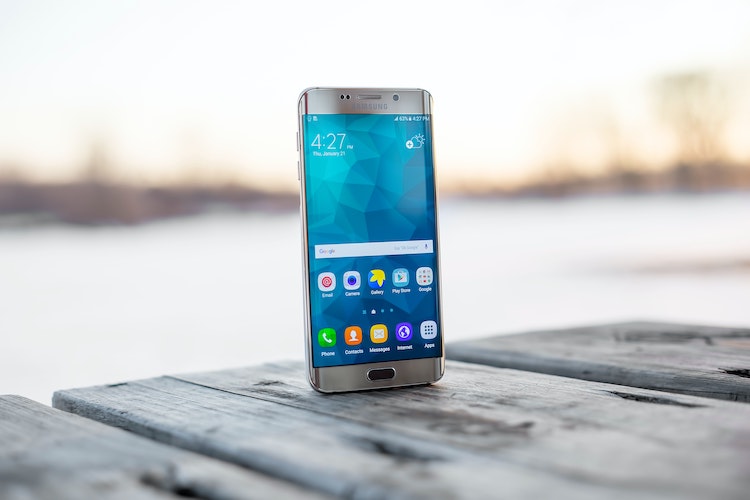
How secure is your Android phone?
Android phones currently have the largest market share in smartphones. The use of smartphones for accessing email, online banking, and other popular websites or mobile apps has led to the emergence of an ever-changing threat landscape.
What’s more, due to the exponential growth of smartphone apps, app marketplaces like the Google App Store cannot always verify how secure a particular mobile app is. Recent studies have shown that more than 70% of smartphone apps collect data not relevant to the app’s primary functions.
As a result, you may be leaking your private information, putting your data at risk. Keeping that in mind, let’s look at how secure your Android phone is and what steps you can take to increase your phone’s security.
1) Get your basics right
When it comes to your android phone’s security, be sure to get the basics right. The first step to ensure nobody can get into your phone apart from yourself is to have a screen lock. Keep in mind that a passcode or a pin will be much safer than a pattern swipe.
Apart from this, ensure that you take your password management seriously and use a password manager. That will help you create a unique login-password combination for your online accounts. Doing so will make it much more difficult for a third party to hack into your accounts.
Be sure to turn on auto software updates to ensure that any patches released by the app makers are installed immediately on your phone.
2) Connect to public WiFi networks with a VPN
Public WiFi may seem a very convenient and free way to access the internet. However, doing so may be risky since your personal information is sent using clear text that anyone can access using simple software tools.
Furthermore, the use of public WiFi may put you at risk for session hijacking when a hacker monitoring your WiFi may attempt to take over open sessions that you have with online services such as an email client or a social media site.
Consider installing an Android VPN that safeguards your communication and other activities that may be compromised by connecting to public WiFi networks.
3) Enable two-step verification
Enabling two-factor authentication (also known as 2FA) adds more protection to your android phone.
Once you’ve enabled this, you get an extra layer of security since you need to enter two different codes from two different sources. After submitting a password, you’ll get a code sent to your default phone via a call or a text.
Only after you enter this second code will you get access to your account. 2FA provides additional protection if somebody tries to access your Google account from a different device. As a result of 2FA, they won’t get the access code. Only you will.
4) Be on the lookout for stalkerware
Stalkerware is a relatively new threat on phones. Stalkerware manifests in the form of background apps that can track and record everything an individual does on the phone.
It is especially used in domestic abuse cases and is used by the abuser to track the victim’s activities. Stalkerware can appear to be invisible at times.
If someone has installed stalkerware on your android phone, you may not immediately know it. Telltale signs are your phone running hot and see its battery levels drop fast. Use specific cybersecurity tools that can detect stalkerware apps to ensure that you stay protected.
5) Encrypt everything
Using a passcode on your phone will protect your files from physical access. However, it doesn’t do much to secure the phone data at a technical level. To ensure total phone security, you should encrypt your phone’s disk.
If everything on your phone is encrypted, nobody can access your phone unless they have the unique passcode. To encrypt your phone, go to your phone settings and search for “encrypt” or “security.”
Encrypting your entire phone’s contents may take some time, so you should do this when you aren’t using it.
